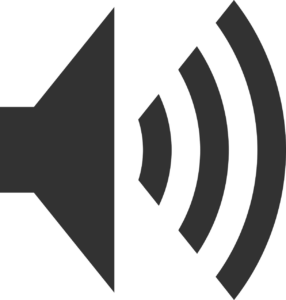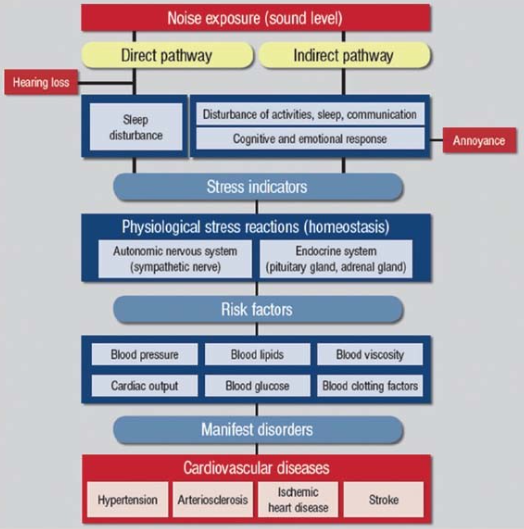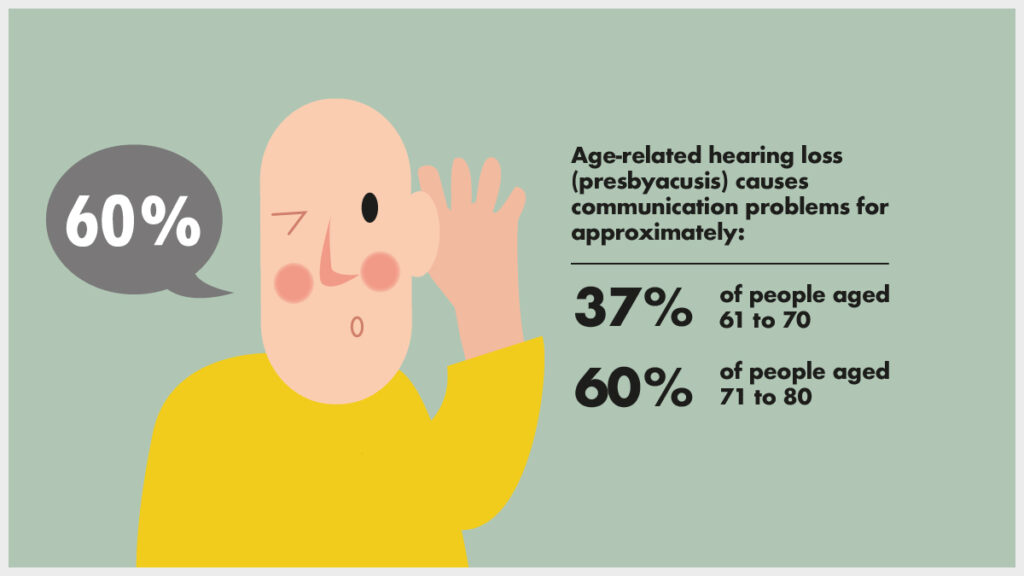
This is the world – we need acoustic standards!
The Danish Cancer Foundation has concluded that traffic noise can lead to breast cancer and non-Hodgkins lymphoma. The Danish Ministry of Environment concludes that 500 Danes die every year because of traffic noise – because of diabetes, stress, and cardiovascular diseases caused by noise.
 The Danish Road Directorate concludes that 90,000 Danes out of a population of 5,600,000 are suffering from traffic noise and the directorate states that their newest survey shows a tendency that is accelerating. International surveys have traditionally shown that the negative impact ‘only’ affected half of what we see now.
The Danish Road Directorate concludes that 90,000 Danes out of a population of 5,600,000 are suffering from traffic noise and the directorate states that their newest survey shows a tendency that is accelerating. International surveys have traditionally shown that the negative impact ‘only’ affected half of what we see now.
The problematic sound level is 58 dB
The publication is based on information from 7,000 people who are exposed to sound levels over 58 dB every day and night. Because of traffic.
The well-known professor Dr. Wolgang Babisch has been studying this for a lot of years – and he uses a model to explain what can happen when human beings are exposed to sound.
His model shows pedagogically how stress indicators can lead to risk factors and end up being diseases.

Let’s go back to the numbers from the report again. The number 58 dB is crucial for people, this is where people get sick. But what does it look like in a hospital when we are already sick?
Sound levels in hospitals
In 2005 Busch-Visniac et al concluded that sound levels in hospitals have increased by 15 dB during daytime and 18 dB during the night since the sixties and that the sound levels are now OVER 58 dB day and night!
At the acoustic conference, IAC 2019 in Aachen Busch-Visniac spoke about her research on the topic and it was clear to everybody that we need to consider how to control sound levels in hospitals in the future (read about her presentation here).

What can we do?
If we look at how the education segment has developed regarding acoustics we learn that developing national room acoustic standards does make a change. We have seen countries – especially in Europe – that have worked hard to get guidelines and mandatory building regulations in place. To secure that learning and teaching are possible in a world where the rooms have to support greater activity and more dialogue and communication (in comparison to teachers’ monologues).
Acoustic guidelines and standards in Europe
If we look at the Scandinavian countries, we see that we do have some guidelines for healthcare facilities. But a paradox is seen in Denmark where there is a mandatory building regulation for schools but ‘only’ a guideline for hospitals (!). In Sweden, Norway, and Finland mandatory regulations are implemented for patient rooms. In Norway, there are defined different levels of demands – from class A (the best) to class D – where C is minimum demand. The demands are as follows:
- Sweden: Reverberation time ≤ 0.5 sec.
- Norway: Reverberation time ≤ 0.4 (class A), 0.5 (class B), 0.6 (class C), 0.8 sec. (class D)
- Finland: Reverberation time ≤ 0.8 sec. and Speech Transmission Index ≥ 0.6
- Denmark (design guideline, not mandatory): Reverberation time ≤ 0.6 sec.
Also, France and Poland have demands for reverberation time:
- France: Reverberation time ≤ 0.8 sec.
- Poland: Reverberation time ≤ 0.8 sec.
More countries in Europe have standards for patient rooms but not all have demands for reverberation time. Some countries have demands on the amount of absorption material in the room instead. Spain, the UK, and Germany have demands for absorption area in m2 related to the room volume and UK has demanded absorption area in m2 related to floor area.
- Spain: Absorption area related to room volume ≥0.2
- Germany: Absorption area related to room volume ≥0.25
- UK: Absorption area related to floor area ≥0.8
Acoustic standards change the world
Knowing that standards do make a positive change for healthcare facilities we also need to think about if the standards and guidelines we have are good enough.
 All over the world, we see healthcare systems taking care of older and older patients simply because we live longer and people get older. In Denmark, citizens aged 80 or older represent 10% of all consultations – even though they make up only 4% of the population.
All over the world, we see healthcare systems taking care of older and older patients simply because we live longer and people get older. In Denmark, citizens aged 80 or older represent 10% of all consultations – even though they make up only 4% of the population.
Furthermore, if we look into health costs we also see that citizens aged 75 and older top the list of age groups that have the highest health costs.
Therefore, we need to design healthcare facilities for the elderly ear! And this means that the acoustic standards have to follow – setting demands several acoustic descriptors (one is not enough to evaluate if a room is acoustically fit for purpose).
In the perfect world, I would love to see demands for reverberation time, speech clarity (and/or speech transmission index), and room gain. Not only because of the patients but also to make sure that the caregivers can perform the best way possible.
Read about noise levels in the intensive care unit here.


